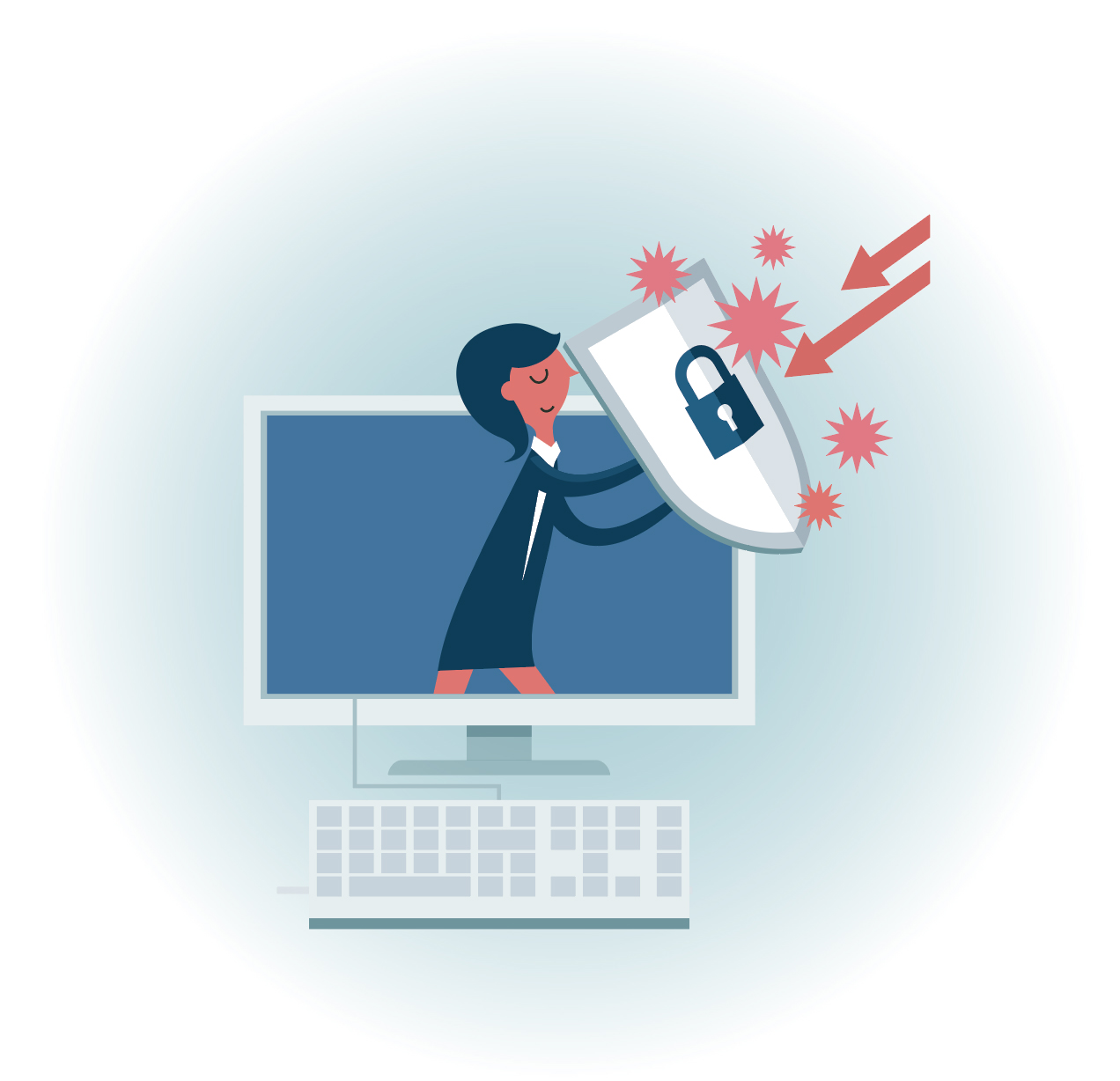INCREASING CYBERTHREATS along with a lack of SMB security preparedness represent a big opportunity for MSPs, according to recent research from cloud RMM provider Action1. The 2022 SMB IT Security Needs Report finds that more than half of SMB respondents (52%) acknowledge they probably or definitely lack the technology and skills required to defend against modern cyberthreats, and 60% admit that their IT security is either “very limited” or “needs improvement.”
Barriers to buffing up their security posture include the high cost of solutions, security controls that impede user productivity and thus get bypassed, and lack of resources and/or time.
Not surprisingly, 81% experienced at least one security incident during the preceding 12 months. The most common were password attacks (40%), ransomware or other malware (39%), and phishing (34%).

Source: Action1, The 2022 SMB IT Security Needs Report, June 2022
The good news is, nearly 6 in 10 organizations (57%) plan to increase their budget for IT security in 2022 by a moderate amount, and almost one-fourth (23%) plan a significant increase.
Channel pros shouldn’t get overconfident, though. The report notes that in light of the current economy, SMBs are considering their IT provider choice more carefully. In fact, the research finds that nearly 1 in 4 (23%) are looking to replace their current provider. Respondents point to issues that cause them to question their MSP’s ability to secure their business effectively, including these top three: performance issues with devices under MSP management, failure to respond to incidents in a timely manner, and taking a long time to resolve IT requests.
When evaluating an MSP’s security offerings, the most important criteria are comprehensiveness, certifications (SOC2, ISO 27001, or similar), fast incident response, and experience in the respondent’s industry.
In addition to offering cost-effective solutions, the report recommends that channel pros tailor security plans to the most common attacks SMBs are experiencing, improve operational efficiency and service quality, work closely with customers on their IT security strategy, and educate them on the threat landscape.
Image: iStock













